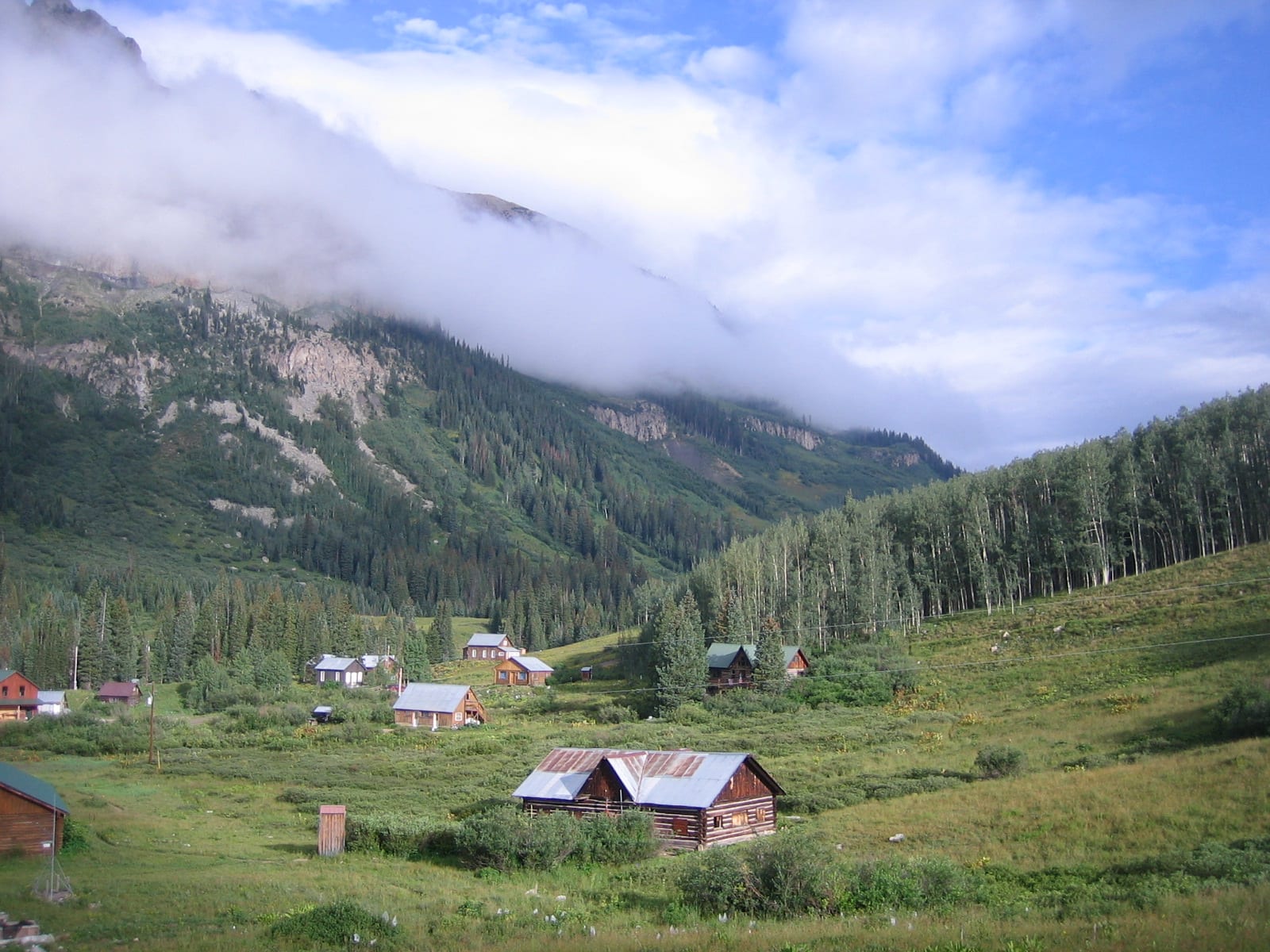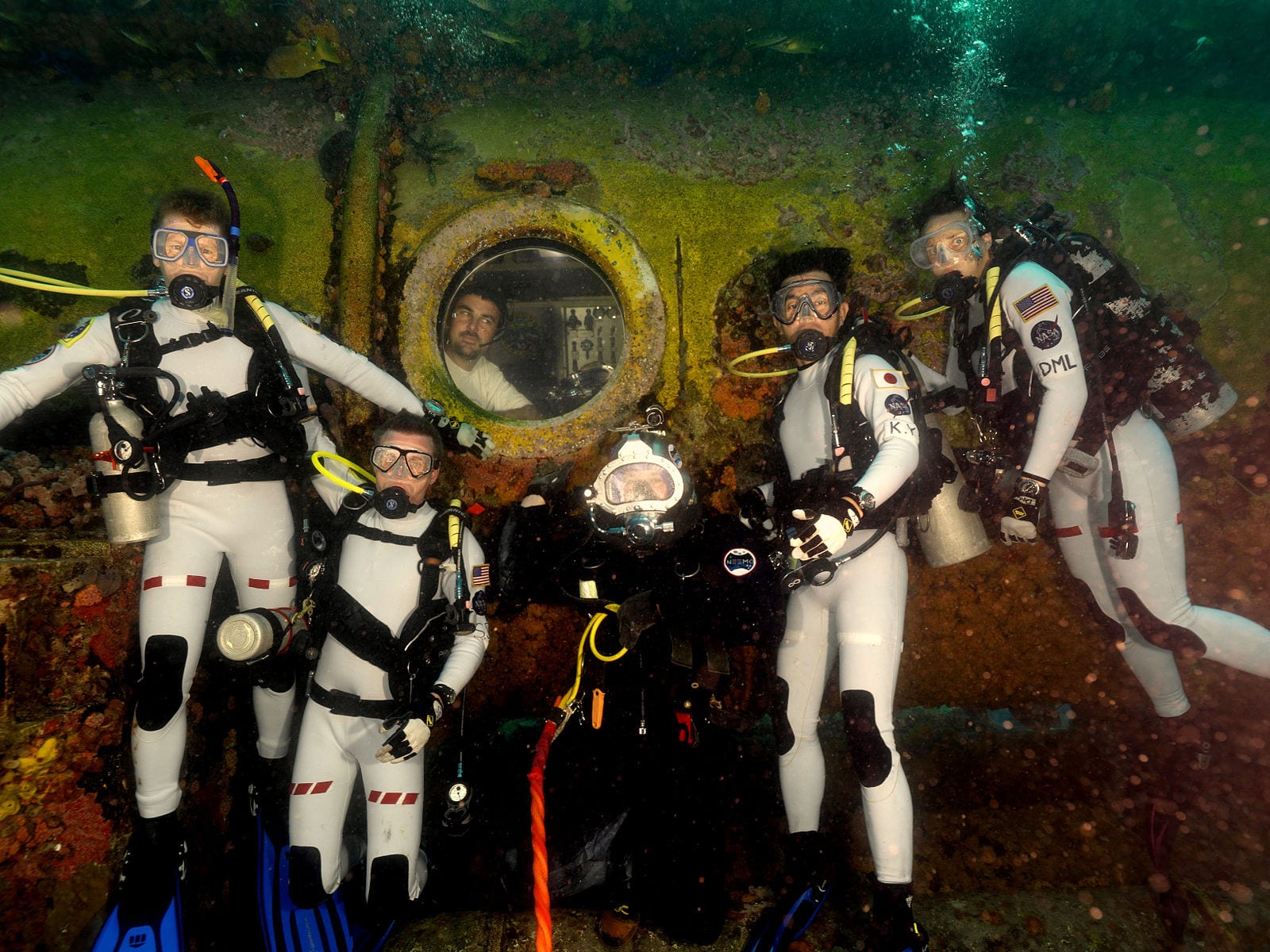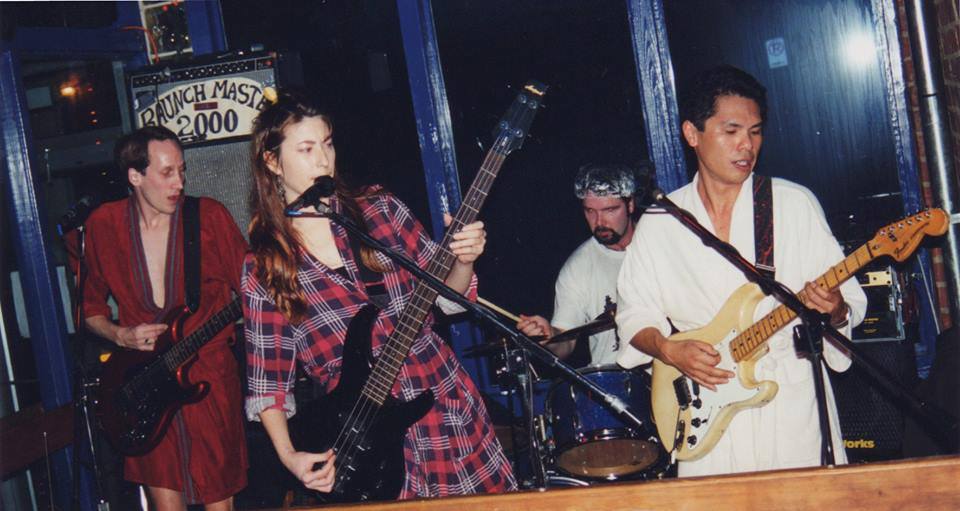After two days of driving, our U-haul rounded the final corner of the gravel road leading to our destination, The Rocky Mountain Biological Station, affectionately known as RMBL. We were in Gothic, Colorado, which is four hours of windy mountain roads up from the nearest city, Colorado Springs. My labmate and I were transporting over 3,000 plants of Boechera stricta, a plant native to Colorado for our research. Our lab studies the genetics and responses of natural populations to climate change, which is quickly occuring in alpine environments. RMBL is situated at ~9,500 feet above sea level and undisturbed, presenting an ideal location to carry out our experiments.

RMBL is one of over 900 biological field research stations, which are outdoor laboratories located all over the world supporting ecological research. Some characteristic examples of biological field stations include the Tiputini Biodiversity Station, located in the world's largest biodiversity hotspot in the Ecuadorian rainforest. Another is the Aquarius Reef Base is an underwater laboratory, about 9 kilometers off the coast of Key Largo, FL. One of the most famous examples is the Gombe Stream Research Centre in Tanzania, where renowned primatologist Jane Goodall conducted her research into social interactions of chimpanzees.
Over the years, RMBL has served as a station for over 9,000 scientists and emerged as a leader in long term assessments of climate and pollution. For example, Billy Barr, a longtime resident of RMBL (and social distancing expert), has meticulously recorded environmental data such as weather, snow depth, the first appearance of spring animals like the American robin (Turdus migratorius) and the yellow bellied marmot (Marmota flaviventris), and the flowering time of many plant species since the 1970s. This data, combined with other research at RMBL, has provided key information about the effects of climate change in the Rocky Mountains, such as the potential loss of migrating broad-tailed hummingbirds (Selasphorus platycercus) due to their preferred nectar source, the glacier lily (Erythronium grandiflorum), blooming earlier as a result of increased air temperatures.

At field stations, researchers often conduct long, time intensive experiments and observational studies. For example, my field season at RMBL generally lasts the entire summer, but there are studies like the Park Grass Experiment and Billy Barr's work that last multiple decades. Because of the often lengthy time requirement, field stations provide resources like housing, laboratory space, storage, internet access, electricity, and even a mailing address to scientists that are pursuing research in locations that are well off the beaten path (or underwater!). In order to provide these services, research stations are typically funded through either scientist's grants as payments for station facilities, financial contributions from affiliated universities or donations from the public. In the U.S., The Natural Science Foundation offers grants specifically aimed at biological research stations and has recently devoted $40 million to improving marine and biological field stations. Still, these vital locations for ecological research are critically underfunded. Interestingly, in the early days of RMBL, most of the operating costs were fronted directly from the professors doing research at the site. The station did not receive donations or grants until it was 25 years old! In modern times, RMBL accepts donations from the public and also operates the Marmot Club, which represents donors that contribute $5,000 or more annually. Additionally, Coffee Lab, a cafe with locations both onsite in Gothic and in surrounding towns, donates all proceeds from sales to RMBL.

Along with supporting research, field stations provide public outreach initiatives through educational services. Summers at RMBL are populated with seminars and camps encouraging public involvement alongside day to day research routines. One example is the Seedling Scientists program, which invites preschool aged children and their guardians to explore the station and participate in nature-related activities. At other field stations there are often camps and workshops for all ages that cover topics such as animal behavior and pollination biology. Undergraduates and graduate students can also take more specialized courses in areas like urban environmental justice and forest management alongside research internships. Due to their often pristine locations in the heart of nature, field stations present an ideal backdrop for teaching ecological concepts in an effective manner.
Biological field stations are crucial to understanding the world around us. They allow scientists to carry out research in areas where studies would otherwise be impossible to implement, resulting in paradigm shifting work. Field stations supply an educational experience for both the public and students, allowing multiple groups of people to engage in the scientific process in nature. In an era where government agencies and institutions are looking to cut costs, biological field stations need to be acknowledged and remain funded for the indispensable services they provide.
About the Author
Inam Jameel is a PhD student in the Department of Genetics at UGA. He is interested in how natural populations adapt to rapidly changing environments. When not in the greenhouse or in the lab, Inam likes to run, attend concerts, watch the Washington Capitals, and do poorly at trivia. He can be reached at inam@uga.edu or @evo_inam.
-
Inam Jameelhttps://athensscienceobserver.com/author/inam-jameel/March 18, 2022
-
Inam Jameelhttps://athensscienceobserver.com/author/inam-jameel/
-
Inam Jameelhttps://athensscienceobserver.com/author/inam-jameel/November 17, 2020
-
Inam Jameelhttps://athensscienceobserver.com/author/inam-jameel/December 9, 2019









